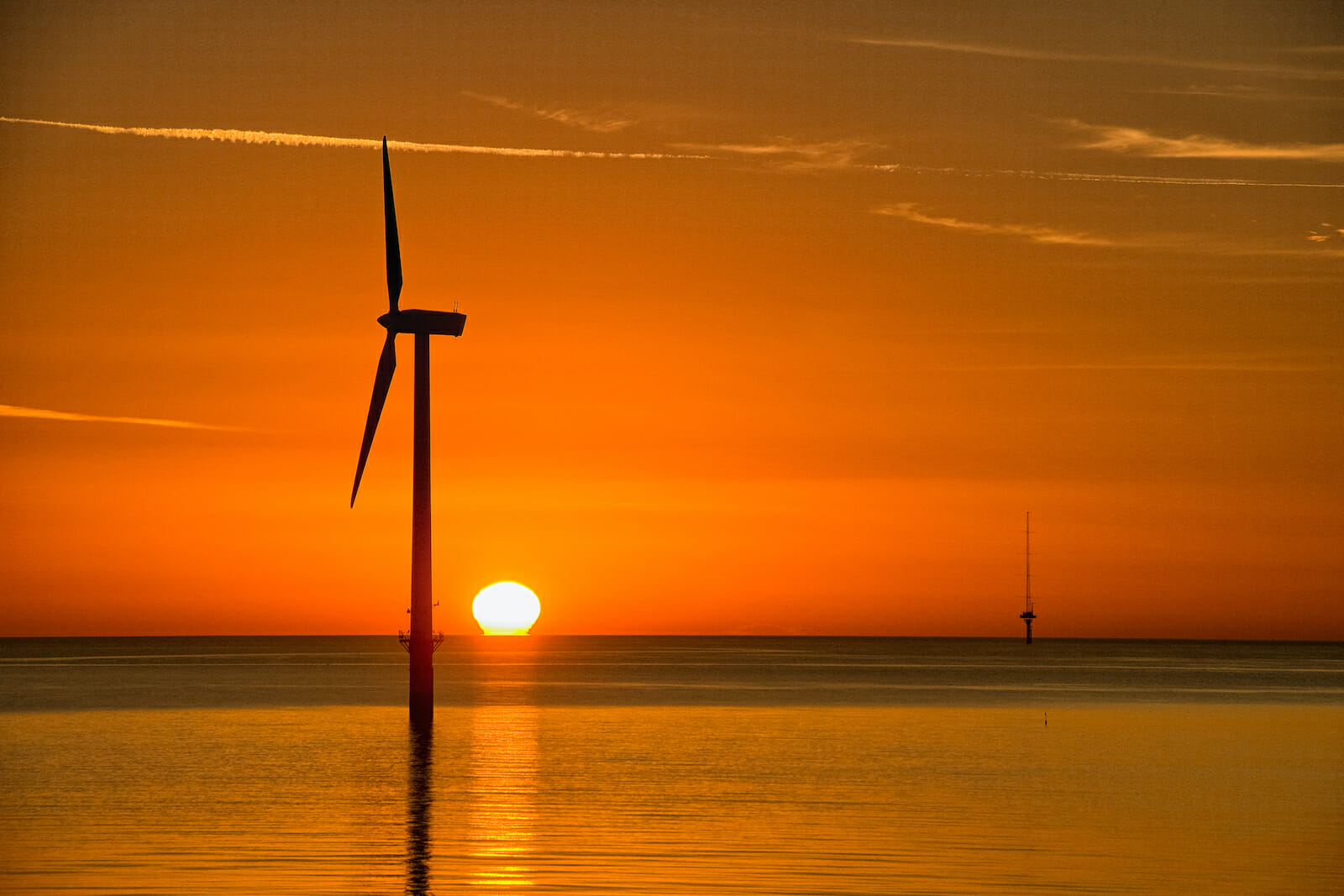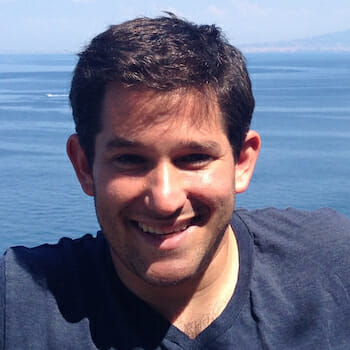
Science
Q&A with Gary Dirks, Director of ASU Lightworks
Marc Serber recently sat down with Gary Dirks, the Senior Director of the Julie Ann Wrigley Global Institute of Sustainability at Arizona State University. Dirks also directs ASU Lightworks, a program dedicated to addressing the “impending energy transition” from fossil fuels to renewable energy sources to combat global climate change.
As a former Group Vice President of BP, Dirks has a uniquely holistic view of the energy sector from its well-entrenched past to what many believe is a necessary and urgent change to sustain our future.
In this interview, Dirks discusses what ASU Lightworks is doing to cultivate advancements in renewable energy and create a cohesive strategy to foster innovation and economic development of its various ecosystems. This includes advancing the sector in the fields of social justice, policy, regulation, and governance so that this seemingly imminent transition faces fewer friction points when it’s time to move full (clean) steam ahead.
What was the inspiration behind the development of Arizona State University’s Lightworks? What are the core initiatives of the program?
In 2009, I was retiring from BP and looking for something distinctly different from what I had been doing. At the same time, ASU President Michael Crow was also dealing with the complexity of renewable energy and the impending energy transition, a ramification of addressing climate change. He wanted something that was comprehensive, that recognized the complexity of energy transitions, and wanted to see social sciences involved.
ASU had many faculty working on a broad range of energy-related subjects, and in particular, on solar energy and advanced solar energy devices. If you look at the history of Arizona State, this has been a focus area for us for a very long time.
Lightworks was formed and there’s now an entire system of people who work together on the larger theme of ‘energy transition,’ and so that was the inspiration for our program and we very much set it up that way.
We work in four primary areas. The first is solar electricity. The idea is simple – sunlight as a renewable resource to produce electricity, a very low carbon form of produced electricity.
The second area is in fuel and products, and the idea there is that as we move away from fossil fuels there will be a need to replace fuels and feedstocks. The energy system is connected in a very fundamental way to the food system, in fact, in closing the loop of the food system, there is technology for making energy – for example, biogas.
We are going to almost certainly need fuels in the future, but they can’t come from fossil sources. So, how can we use renewable energy and especially hydrocarbon?
As it pertains to making petrochemicals and pharmaceuticals, one can get at those materials without using fossil hydrocarbons – We can look at synthetic hydrocarbons starting from sunlight, water, and carbon dioxide.
Then the third area of focus is policy and social justice. Here we emphasize two areas of work – one in governance and regulations; in particular, we focus on the electricity sector there, not exclusively but mainly, and then the other is in social justice as it pertains to how energy transformation can take place in a way that doesn’t further disadvantage populations that are already disadvantaged.
The final area of program focus is in innovation and economic development, and there we center our program very much on relationships with the commercial sector and building pipelines so that we can garner research support from them.
So, that’s the four broad but very active core programs of Lightworks.
Are there any initiatives in solar and alternative energy solutions that might surprise readers?
I think in the Lightworks space, the one that would probably be the most surprising is what we’re doing in carbon capture, part of our active work in the fuel and feedstocks arena.
We have a project to capture carbon from the atmosphere. While we are not the first to do this, we are the first that have developed a technology that is very low energy, and we’ve generated interest from the investors in our commercializing a prototype. We have joined with Irish investors to create Silicon Kingdom Holdings, Ltd. I think that’s probably something that would surprise people.
How has the COVID-19 pandemic affected the renewable energy sector, in your view?
Well, COVID-19 has had a very negative impact on the oil industry, and it’s probably the last nail in the coffin for coal also.
I think it’s drawn forward a lot of the thinking about the pace at which we aim to decarbonize, probably by as much as 10 years, and that has opened up a lot more thinking about how and when we actually deploy renewable energy.
I think that’s been the number one impact – It has cleared the way for the growth of renewable energy.
I think in other ways, COVID-19 has revealed some of the weaknesses in the energy system, particularly in the United States, but obviously not just in the United States.
For example, here in our state of Arizona, the Navajo Nation has suffered badly as a result of COVID. Many homes lack running water and electricity.
Has COVID-19 then changed investment in ESG (Environmental, Social, and Corporate Governance)?
I think it has; it is certainly encouraging people to invest in the renewable sector. COVID-19 has also made leaders in all parts of society reconsider just how resilient we are. The pandemic has also raised awareness again of the struggles of working people who don’t have large resource reserves.
Where do you see Lightworks expanding in the future?
There are several directions we want to go – carbon capture, of course, will be an important arena for us.
There’s also the idea of making hydrogen from renewable energy and using that hydrogen as a fuel or to make synthetic fuels and synthetic feedstocks. We would replace fossil fuels with renewable or synthetic hydrocarbon energy; for example, in the industrial use of heat, or around aviation and military fuels.
We are actively engaged in the deployment of solar photovoltaics and especially the mix between urban and rural deployment. Solar energy can be a tool in improving the resilience of urban communities.
Finally, we work on the impact of energy transition on rural communities and how we might make sure rural communities don’t get left behind as the energy transition unfolds.
We talked earlier about the coal sector – Throughout the country and the world, coal plants are closing. That means miners lose their jobs as workers in coal power plants; we can’t just leave them to their own devices.
We have a lot to work on and are very excited about what the future holds for ASU Lightworks.

